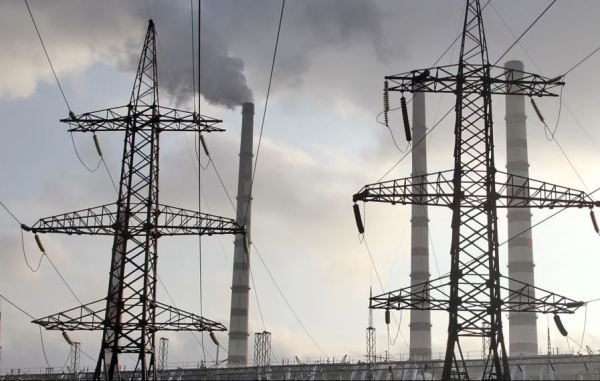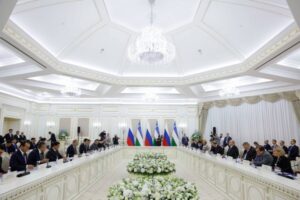
Photo: TASS
The Ministry of Energy of Russia and Uzbekistan have agreed to join the Russian “System Operator” to the United Energy System (UES) of Central Asia to manage flows between the countries. This was reported to journalists by Russian Energy Minister Sergei Tsivilev, according to TASS.
“Today (September 9, – ed.) there was a joint statement by the two ministries with a request to support a quick decision. There is a separate Central Asian energy system, which we are not yet part of. But the “System Operator” must enter in order to manage the unified energy system of Central Asia together, we are connected with it. The Uzbek side fully supports this. We will do this in the near future,” – the minister said.
He explained that this initiative is related not only to the commercial export of electricity, but also to the management of flows between countries, which will allow for the rapid balancing of energy systems in case of shortages, natural factors and high loads.
“If suddenly something happens to someone, so that we can quickly support the countries' needs with flows in order to balance them. This is important so that we ensure the safety of the system correctly,” – added Uzbek Energy Minister Zhurabek Mirzamahmudov.
Earlier, “Inter RAO”, the only operator of electricity export and import in the Russian Federation, stated that they were working on the possibility of energy export to Uzbekistan. Deliveries may begin in the fall.
Tajikistan has returned to the unified energy system
Recall that in June of this year, Tajikistan approved the “Strategy for the Development of energy cooperation among the member states of the Shanghai Cooperation Organization until 2030”. This means Tajikistan's return to the Unified Energy Ring of Central Asia.
The strategy was discussed at the fourth meeting of the SCO Energy Ministers in Astana.
One of the key points of the Strategy is the development of the transit potential of energy resources, the possibility of diversifying export routes and the formation of a new energy system with a balance of priorities for the development of the industry.
Tajikistan has been preparing to join the unified energy system for a long time.
At that meeting, the Minister of Energy and Water Resources of Tajikistan, Daler Juma, said that the commissioning of the necessary facilities for connection had already been carried out.
“This will enhance the reliability of the region's energy system,” – the Tajik minister said.
In order to reunite with the unified system of the region, the Asian Development Bank allocated a grant in the amount of $35 million to Tajikistan at the end of 2018.
These works, in accordance with the agreement between the parties, were to be completed in 2022.
What kind of system is this?
The Unified Energy System of Central Asia was created during the Soviet Union (in 1960), when all the countries of the region were part of one state.
The system was controlled by the Coordination and Dispatch Center in Tashkent and allowed balancing seasonal fluctuations in electricity demand and water demand during the irrigation period.
Tajikistan and Kyrgyzstan accumulated water in reservoirs during the cold season and received electricity and energy resources (coal and natural gas) from Uzbekistan, Kazakhstan, and Turkmenistan.
In the summer, Tajikistan and Kyrgyzstan sent water accumulated in winter to these countries for irrigation of farmland. Also in the summer, Tajikistan and Kyrgyzstan supplied their neighbors with electricity produced in excess.
After the collapse of the USSR, the system lasted for several years, then countries began to leave the ring one by one.
Further, in practice, it turned out that leaving the single energy ring turned out to be unprofitable for each of the Central Asian republics, which is associated with the constantly growing consumption of electricity in the region and the dilapidated energy infrastructure, which does not allow each individual state to feel safe without the support of neighbors.
Therefore, in 2014, the Central Asian countries began work on restoring the energy ring.
In the summer of 2019, a joint declaration on regional cooperation in the field of energy reforms and the creation of a single electricity market was even signed, and at the end of 2021, Tajikistan, which accounts for the bulk of the total hydro potential of Central Asia, made the decision to return to the unified energy system.




